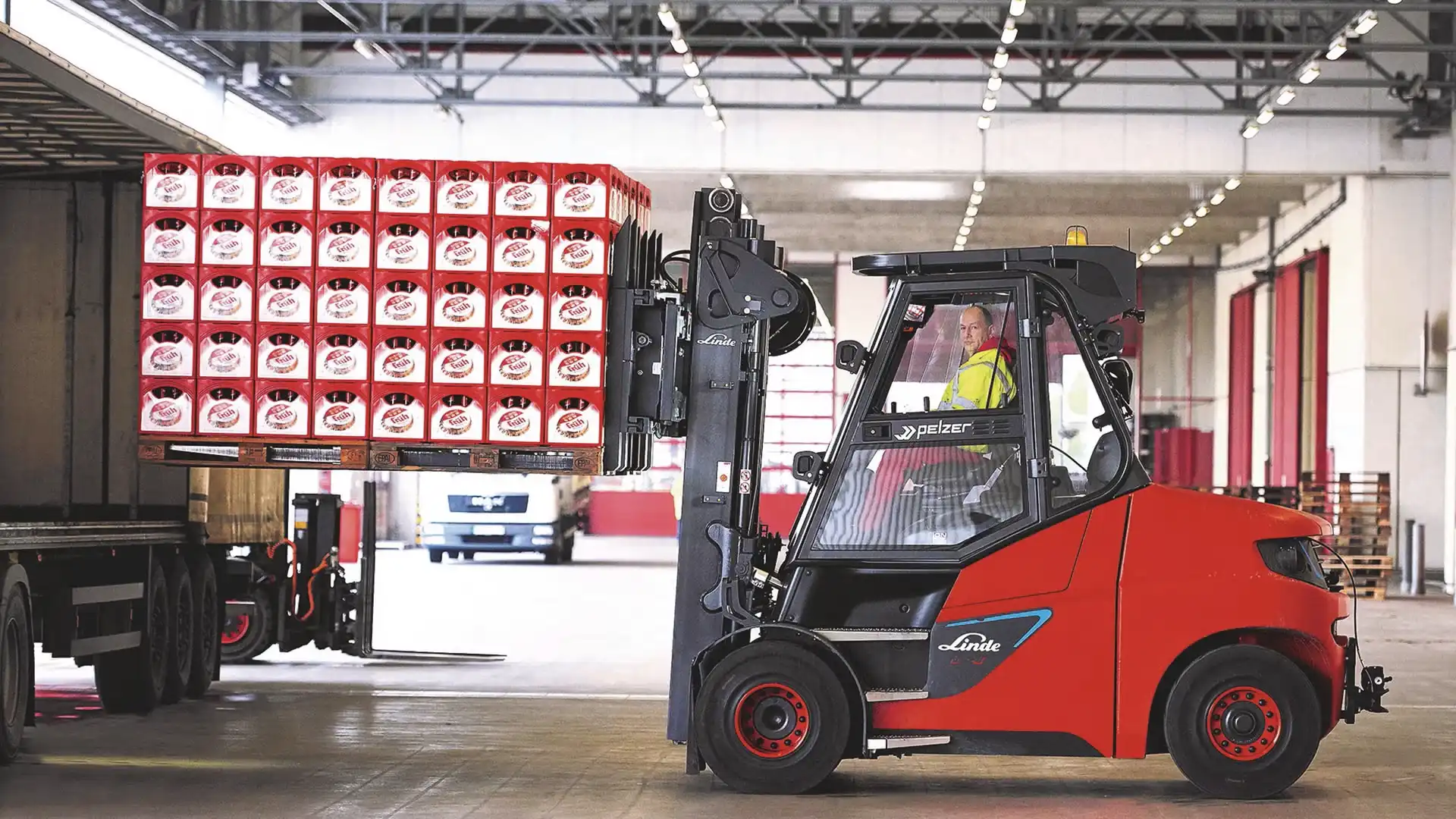Safety First: Proper Handling of Lift Trucks
Introduction
Lift trucks, also known as forklifts, are essential tools in many industries, particularly in warehouses, manufacturing plants, and shipping facilities. However, their powerful capabilities also come with significant safety responsibilities. This article will discuss the key principles for safe lift truck operation, ensuring that both operators and those around them remain secure.
Understanding Lift Trucks
Lift trucks are powered industrial vehicles designed to lift, move, and place heavy loads. They come in various sizes and configurations, each suited to different tasks. Common types include counterbalance forklifts, reach trucks, and pallet jacks. Proper training and knowledge are crucial for safe operation, given the potential hazards associated with their use.
 Forklift | China Manufacturer Trade Price on Materials Handling lift Truck, Stackers, Industrial vehicles, Scrubbers, Transporters brands Sale Price Buy Online | Forklift
Forklift | China Manufacturer Trade Price on Materials Handling lift Truck, Stackers, Industrial vehicles, Scrubbers, Transporters brands Sale Price Buy Online | Forklift
Key Safety Practices for Lift Truck Operators
Training and Certification: All operators must undergo comprehensive training and obtain certification before using a lift truck. This ensures they understand the mechanics of the vehicle and the safety protocols.
Pre-Operation Inspection: Before each use, operators should conduct a thorough inspection of the lift truck. This includes checking the brakes, steering, lift mechanisms, and tires. Any issues should be reported and addressed immediately.
Proper Load Handling: Operators must ensure that loads are within the forklift's capacity and are balanced correctly. Overloading or improperly balanced loads can lead to tipping and accidents.
Safe Operating Techniques: Always drive at a safe speed, particularly in congested or high-traffic areas. Operators should use the horn at intersections and maintain a clear line of sight.
Awareness of Surroundings: Operators must be vigilant about their environment, including other workers, obstacles, and changes in floor conditions. This helps prevent collisions and other accidents.
Proper Use of Safety Equipment: Operators should always wear the required safety gear, such as helmets, high-visibility clothing, and seat belts. This provides additional protection in case of an accident.
Common Hazards and How to Avoid Them
Tipping Over: One of the most common lift truck accidents is tipping over, often caused by overloading or sharp turns. To prevent this, operators should adhere to load limits and drive cautiously.
Collisions: Collisions with other vehicles, structures, or pedestrians can occur if operators are not attentive. Using mirrors, honking at blind spots, and maintaining a slow speed can reduce this risk.
Falling Loads: Improperly secured loads can fall, posing a danger to both the operator and nearby workers. Ensuring loads are stable and using straps if necessary can help prevent this.
Conclusion
Safety in lift truck operation is paramount to preventing workplace accidents and ensuring a smooth workflow. By following proper handling practices, conducting regular inspections, and staying vigilant, operators can significantly reduce the risk of accidents. Prioritizing safety not only protects workers but also enhances productivity and efficiency in the workplace.
